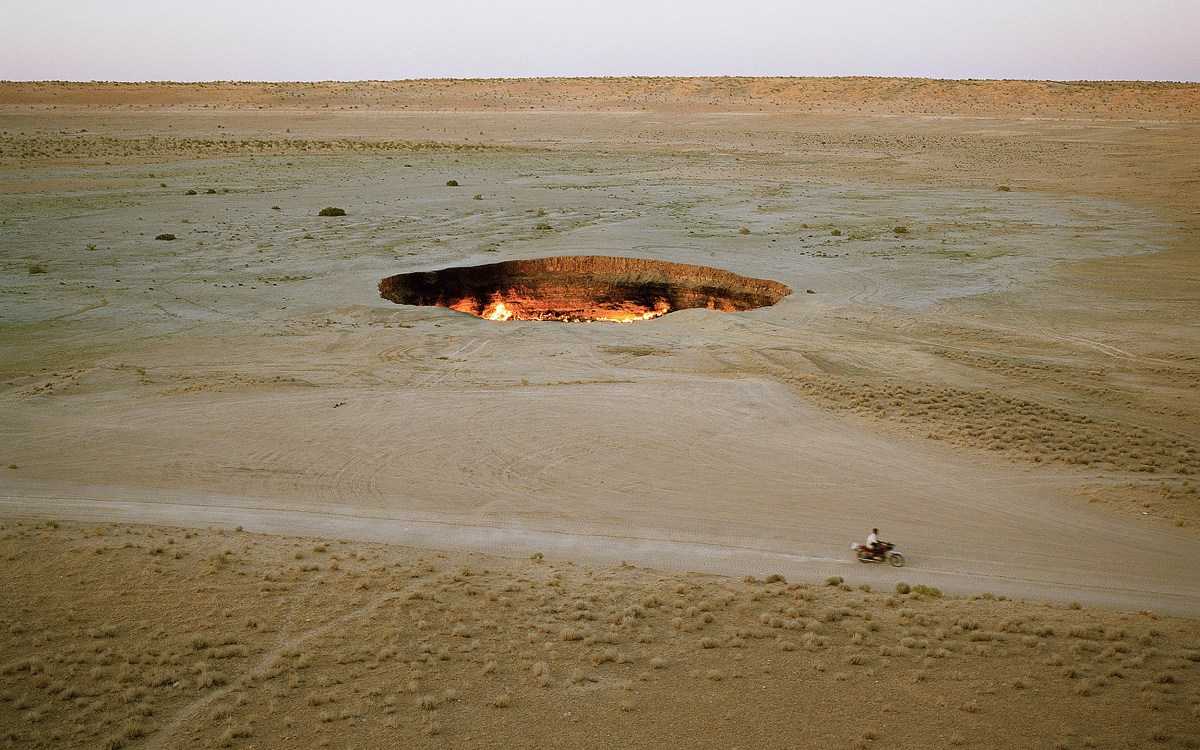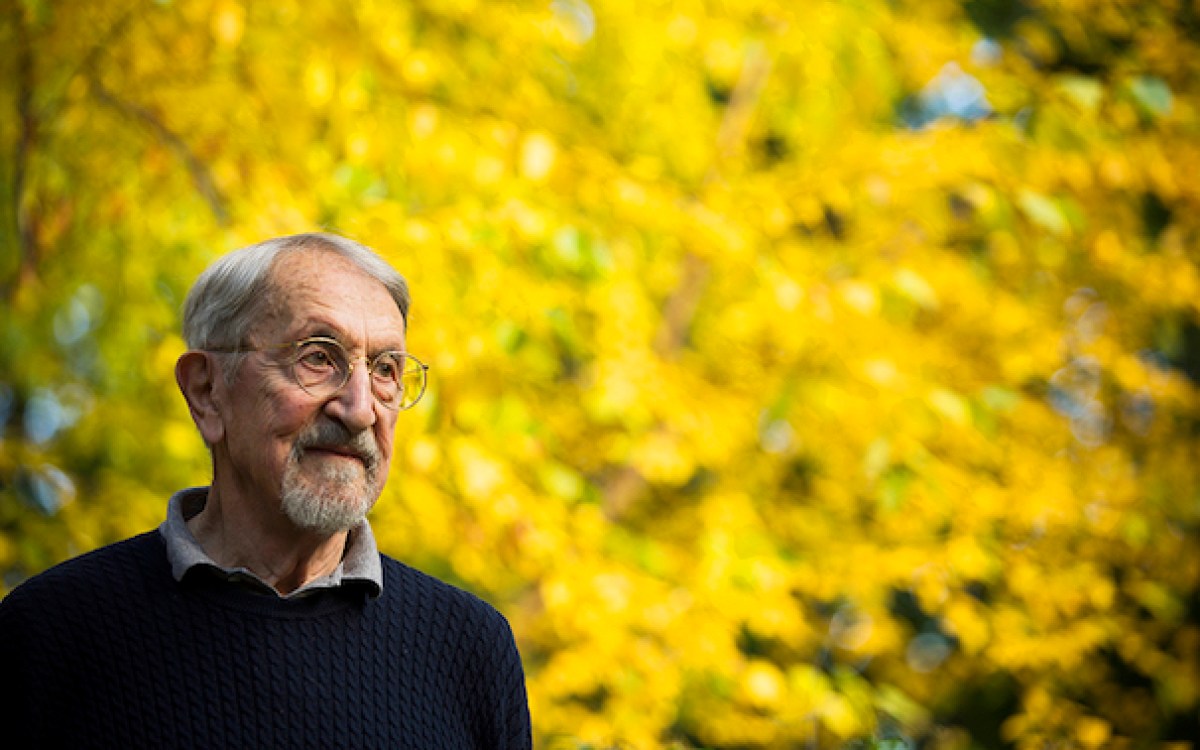
Yugoslavia, Skopje, Macedonia, 1955.
Photos by Martin Karplus ©
A lost Yugoslavia
A selection of photos by Nobel laureate Martin Karplus taken in post-war Europe on display
Nobel laureate Martin Karplus ’51 was 23 when he left the U.S. for postdoctoral work at Oxford University in England. Having just completed his doctorate in chemistry at California Institute of Technology under two-time Nobel laureate Linus Pauling, the young scholar felt he’d earned a bit of vacation.
Karplus, the Theodore William Richards Professor of Chemistry Emeritus and 2013 Nobel laureate in chemistry, was born in Vienna in 1930. But his family fled when Hitler invaded in 1938, and he was raised primarily in America. In his two years at Oxford, he used his breaks to explore Europe, taking the ferry from England and driving around the continent in a Volkswagen Beetle. Along the way, he recorded his travels with the Leica IIIC his parents had given him on the completion of his doctorate, documenting a world that was already changing. A selection of these midcentury photos make up “Remember Yugoslavia?,” showcasing a long-gone multicultural country during a rare time of peace. The exhibit by the Minda de Gunzburg Center for European Studies is on display at the Jacek E. Giedrojć Gallery in Adolphus Busch Hall until Jan. 13, 2020.
In 1955 Yugoslavia, and the Balkans in general, were isolated, and many of the pieces on display would have an air of being from an earlier century were it not for their vivid colors. Karplus has no formal arts or photographic training, but his photos — largely portraits of people in traditional garb or doing chores that hadn’t changed in centuries — have a timeless beauty. In one from what is now North Macedonia, women in headscarves carry laundry to a communal wash house, the bright red of a skirt drawing the eye; in another from present-day Slovenia, an older man does his bit to help to thatch the roof of a house. Carrying an armful of straw, which Karplus points out did not speed the labor along by much, the man seems to value his ability to contribute, his heavily lined face knit in concentration.
“I realized that I was taking pictures of life that I knew 10 years later would be gone,” recalled Karplus. That isolation could make travel tricky: On the country’s one major highway, he said, “Maybe you’d see one or two trucks a day.” After filling the VW’s tank in a small town, “You had to find out where the next town with a gas station was.”
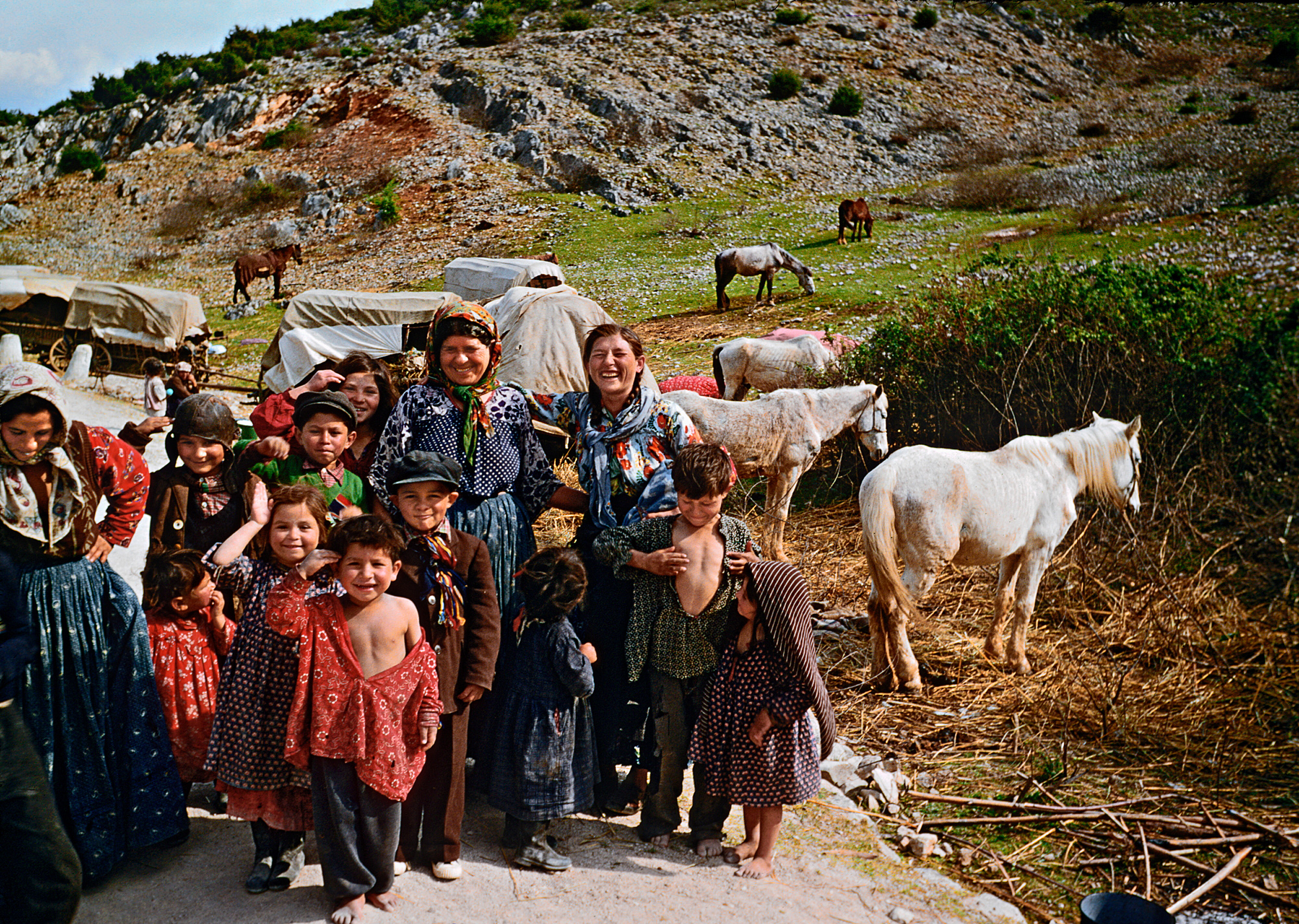

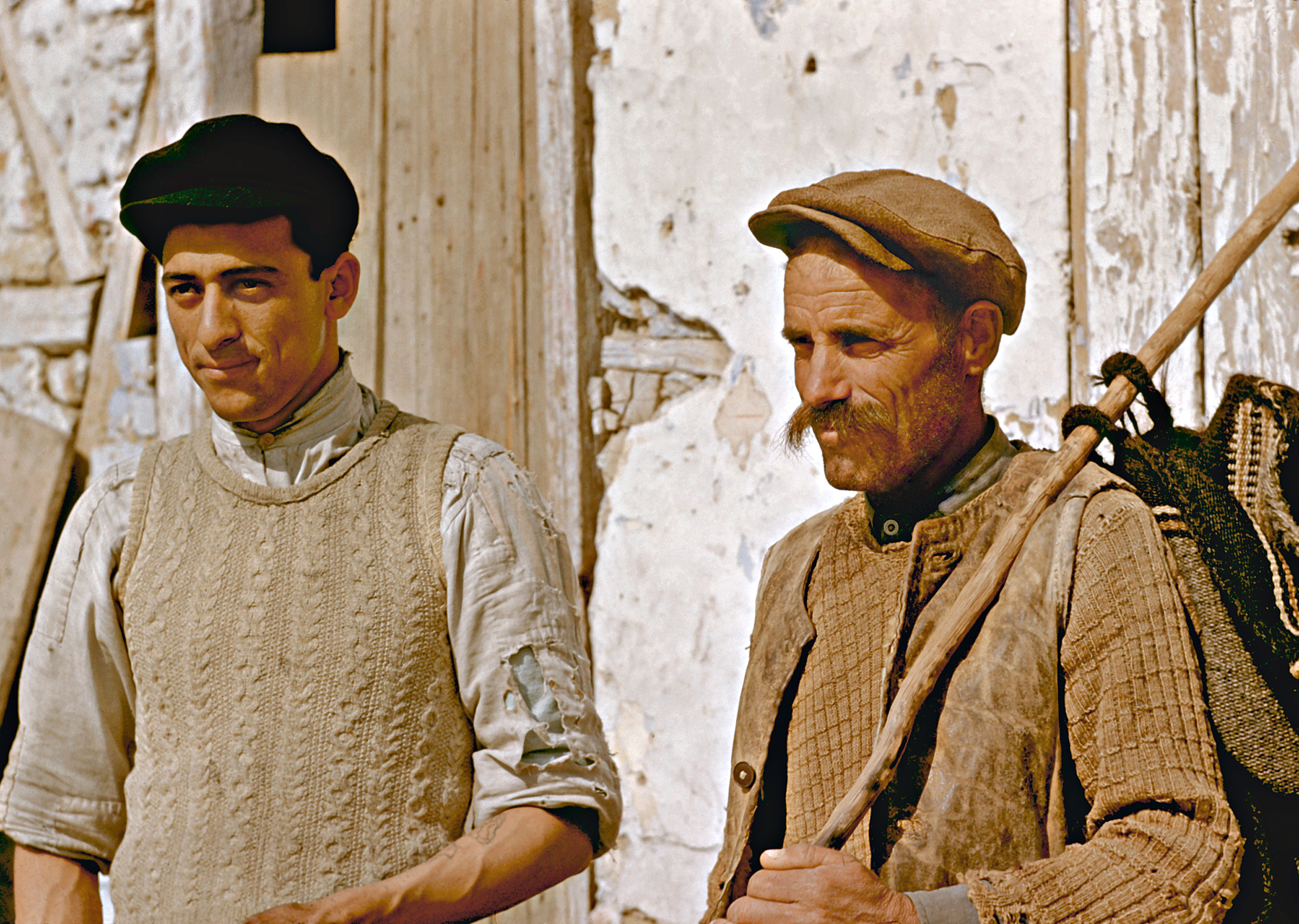
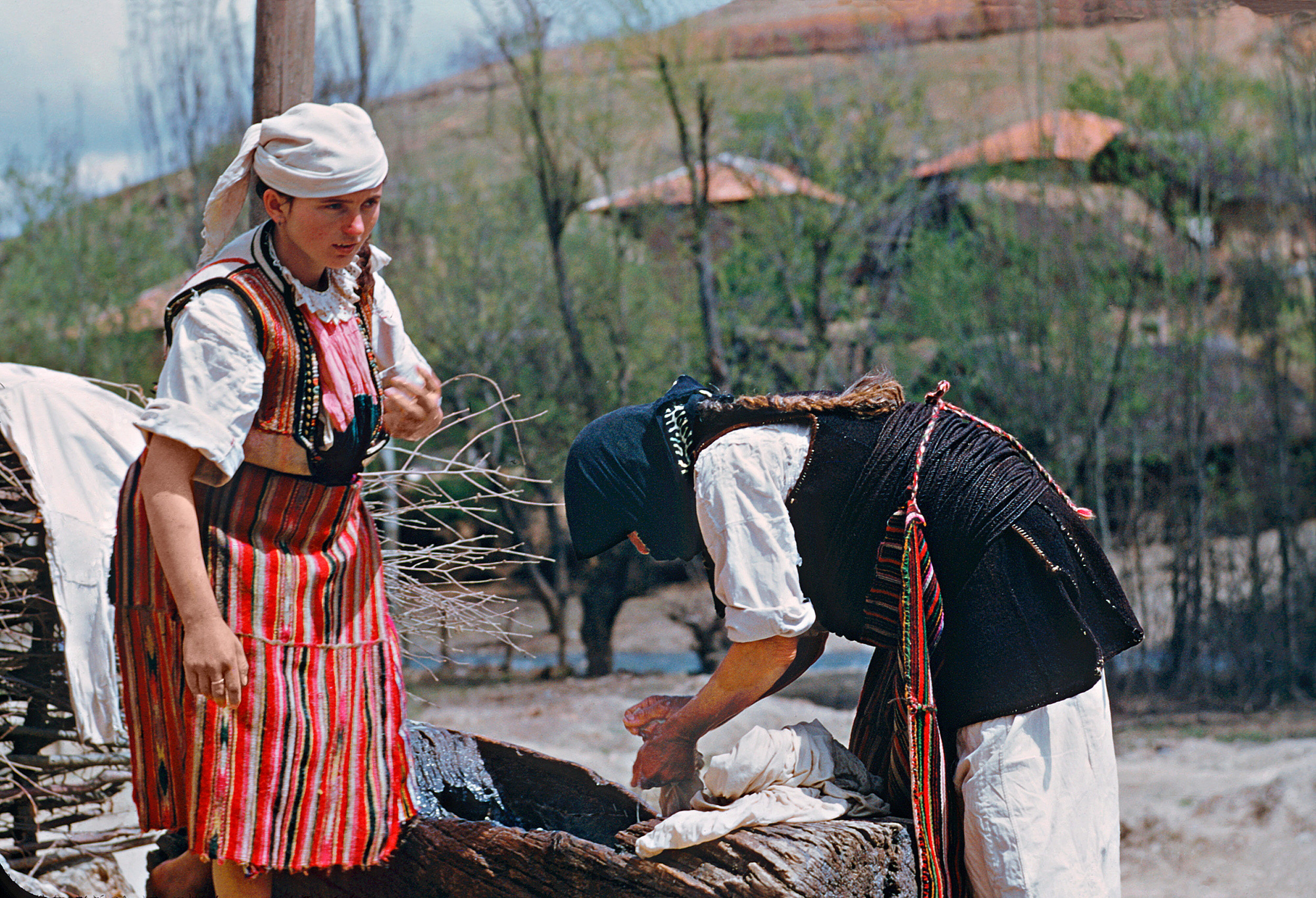
All taken in 1955: near Metković, Croatia (clockwise from upper left); fishermen on Lake Vrensko, Croatia; near Ohrid, Macedo; Veles, Macedonia.
This isolation also made the trip more rewarding in some ways. Karplus recalls fishermen in what is now Croatia inviting him to join in a soup made from the leftovers of the day’s catch. It helped that Karplus spoke German, which was still in wide use as a result of the Axis conquest, at least by members of the older generation he encountered.
“Because there were very few tourists, the people were very friendly and welcoming,” said Karplus. Although he saw the region’s patchwork of different ethnicities and religions, the discord that would rend the country apart in 1991 was not yet apparent. “There were many Muslims,” he says. “They and Christians and Jews lived together peacefully.”
In the photos on display, these different communities come alive. Karplus credits the Kodachrome film, which gives great depth of field and color, as well as his Leica. The majority of the credit, however, goes to the photographer, who often spent hours waiting for a subject to present itself and who used a bit of misdirection — apparently facing away from his subjects — to get candid, unselfconscious shots.
“It was only afterward that I realized that what I’d focused on was a timeless rendition of what was going on there in terms of the intermingling and how people were living,” he said.




